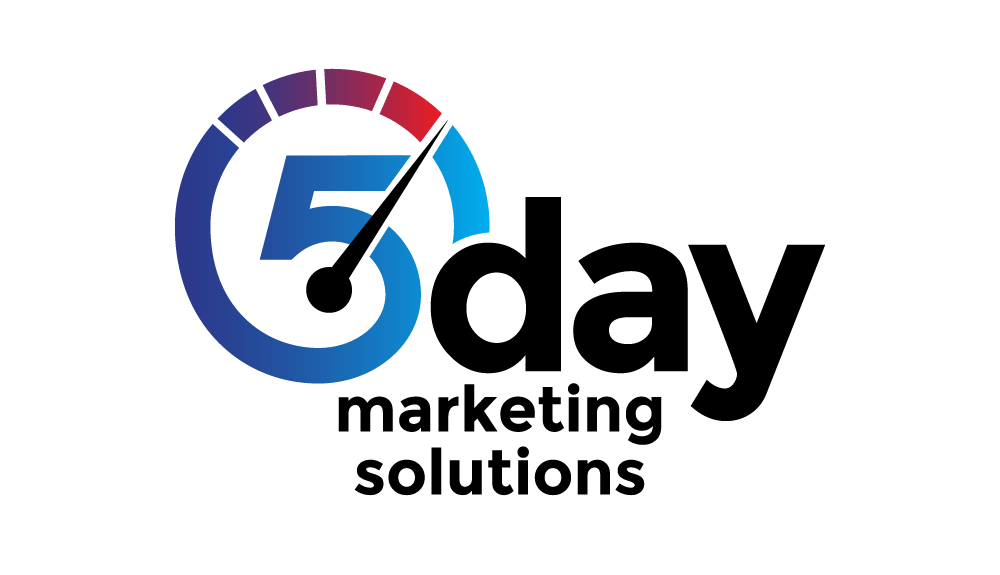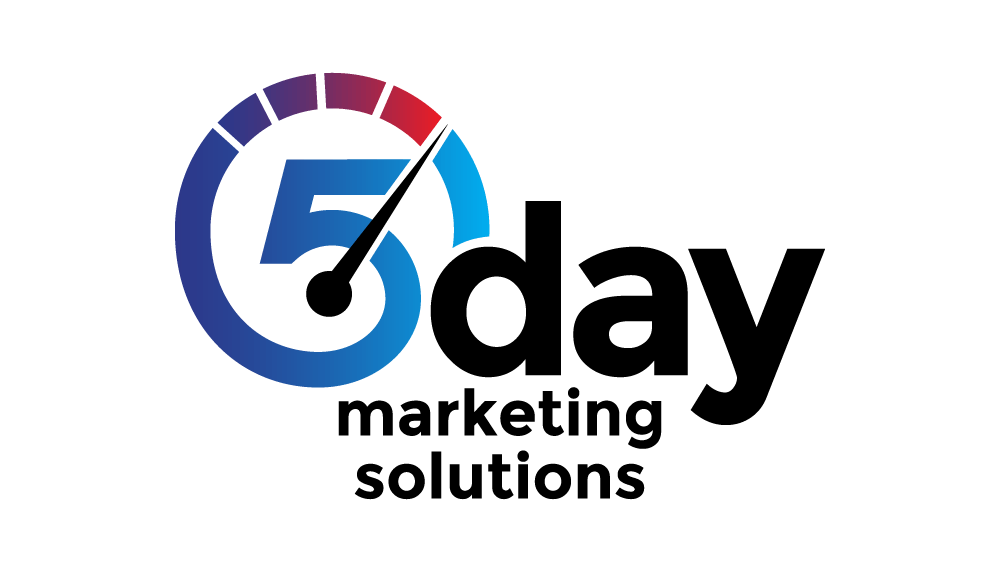Instagram Hashtags 2022: The Ultimate Guide
Instagram Hashtags 2022: The Ultimate Guide
Instagram hashtags are powerful.
They can help your posts reach a target audience, attract followers in your niche, increase engagement, and develop a more positive and recognizable brand image.
Here's the thing, though: with great power comes great responsibility (#spiderman).
Hashtags can skyrocket your business to new heights, but if used too frequently or without a clear strategy in mind, they become pointless and inefficient.
While it can be hard to choose the right hashtags on Instagram, you don't have to guess. Aside from this article, we've put together an ultimate course on using Instagram for marketing. In this course, we'll teach you to not just attract followers, but to attract the right followers.
First, let's go over Instagram hashtags specifically — and why they're so important for your Instagram marketing strategy. We'll cover the following topics:
Source: blog.hubspot.com
What are Instagram hashtags?
A hashtag is a combination of letters, numbers, and/or emoji preceded by the # symbol (e.g., #NoFilter). They are used to categorize content and make it more discoverable.
Hashtags are clickable. Anyone who clicks on an Instagram hashtag or conducts an Instagram hashtag search will see a page showing all the posts tagged with that hashtag.
Source: blog.hootsuite.com
Are hashtags still relevant today for social media usage?
In short, yes. But its usage is not the same as it was originally intended.
What was once a hyperlinked tag used to categorize posts for easier discovery is now additionally used by social media algorithms to rank posts and show them to users who would likely be interested.
In some applications instead of users using hashtags to find posts, the social media platforms do it for them.
Source: designtheplanet.com
Why use Instagram hashtags?
Using relevant hashtags on your posts, Stories, and Reels is one of the best ways to expand your Instagram audience. When you use a hashtag on a post, that post will appear on the hashtag's page. People who follow or search for that hashtag will be able to see your post even if they don't follow you!
Apart from discoverability, you can also use hashtags to build communities, run campaigns, find user-generated content (UGC), and research your audience, amongst other things.
That's why it's important to have a solid Instagram hashtag strategy. If you don't have one, you'd miss out on many opportunities to drive engagement and conversions for your brand.
Source: adespresso.com
How many hashtags to use on Instagram
You can include up to 30 hashtags on a regular post, and up to 10 hashtags on a Story. If you try to include more, your comment or caption won't post.
That said, just because you can use that many hashtags for Instagram doesn't mean you should. There's no right number of hashtags for every business, or even for every post by the same business.
consensus is that about 11 hashtags is a good number to start with. But the most common number of hashtags to use on Instagram is between 1 and 3 You'll need to do some testing to determine what works best for your particular business.
Source: blog.hootsuite.com
What Are the Benefits of Using Hashtags on Instagram
Using relevant, targeted hashtags on your posts and stories is one of the best ways to get discovered by new audiences on Instagram.
Using the “right” hashtags can put you in front of your target audience, even if they haven't connected with you before.
This can translate into more engagement, more followers, and more customers for your brand or business!
But that's not all. Hashtags also have plenty of uses beyond improving your discoverability. You can use them for community-building, sourcing user-generated content (UGC), running campaigns, researching your audience, and more.
That's why it's so important to have a clear and well-crafted hashtag strategy — without one, you could be missing out on opportunities to optimize your account and drive engagement.
Hashtags help people find your content — increasing the likelihood of likes, comments, shares, and saves!
Source: later.com
Use Instagram hashtag generator apps
You can search, find, and copy your hashtag combination for each of your posts based on any topic.
Here are some of the most popular hashtag generator apps:
All Hashtag Display Purposes
These tools will help you create hashtag lists easily, but don't rely on generator app results alone. Use generated hashtags as an inspiration and combine them with your own strategy!
Source: printful.com
How to optimize your Instagram hashtag strategy
The final important point about hashtag numbers is to optimize your strategy as you go.
That doesn't mean you should use different numbers for every post.
Been using 30 for a while? Note the date and screenshot your stats.
Now try another quantity for a while. Maybe 15 hashtags for 2 weeks, or for 30 days.
Then track your stats with analytics tools and make informed decisions on what you see for your account.
Tweak your hashtag list as well as the number of hashtags you are using. Don't be afraid to do a hashtag search and find new options.
That way you can figure out what the best number of hashtags is for your audience going forward!
Source: louisem.com
Add a link to your bio that says “Follow me” or something similar that clearly shows the post's intent (and doesn't look spammy). You can also write “Follow me on Instagram,” another way of saying the same thing.
Source: socialwebsuite.com
10 advice for effective hashtag usage
BE SPECIFIC. Choose specific hashtags, because particular and niched hashtags will attract the right targeted audience for you.
SIMPLICITY. Too smart and vague hashtags will not be appealing. No one searches for difficult hashtags, and using them is rather pointless and unproductive.
AUDIENCE. First of all, take a look at your prospective follower or customer, and which hashtags he/she is more likely to search. Keeping that in mind you will hit the target audience.
NOT IN EVERY POST. Don't try to fill your post with lots of hashtags. Instead, use them when they add value and are likely to stimulate interaction.
DIFFERENT. Do not use the same hashtags in every post. 20% of your hashtags should be renewed. You should use a mix of hashtags. Some hashtags should relate to your brand or your content, others should describe a photo, and also part of hashtags should point at your local area (if you're a local business).
ANALYZE. On certain social media, like on Instagram* for example, you can look for statistical data in hashtag usage: how many users come to see your post or follow you through the hashtag. This information is useful as you can analyze and change the list of hashtags if they don't bring you the desired result.
SHORT. Do not put too many words in one hashtag, as this distracts people. Such hashtags like #youwillnottrytoreadthis aren't searchable at all.
STRATEGY. Follow your marketing strategy in using hashtags and think strategically, what are hashtags used for. You should mix different types of hashtags - high frequent with low frequent, broad and specific.
TRENDS. Trending hashtags seem to be satisfying, but obviously your post will be missing in a crowd of posts with the same trending hashtag. You will have no chances to attract the target audience. The more popular the hashtag is, the more competitive it is. The posts with trending hashtags are published constantly, so your post in a few seconds will scroll down left unseen by the users.
RELEVANT. There will be a low interest in the post which includes hashtags having nothing in common with the theme, for example, #follow, #beautiful, #likes. Users will not consider this worth their attention and will not open the post. Irrelevant hashtags lead to the low engagement rate. Be objective in choosing hashtags.
Source: smmplanner.com





